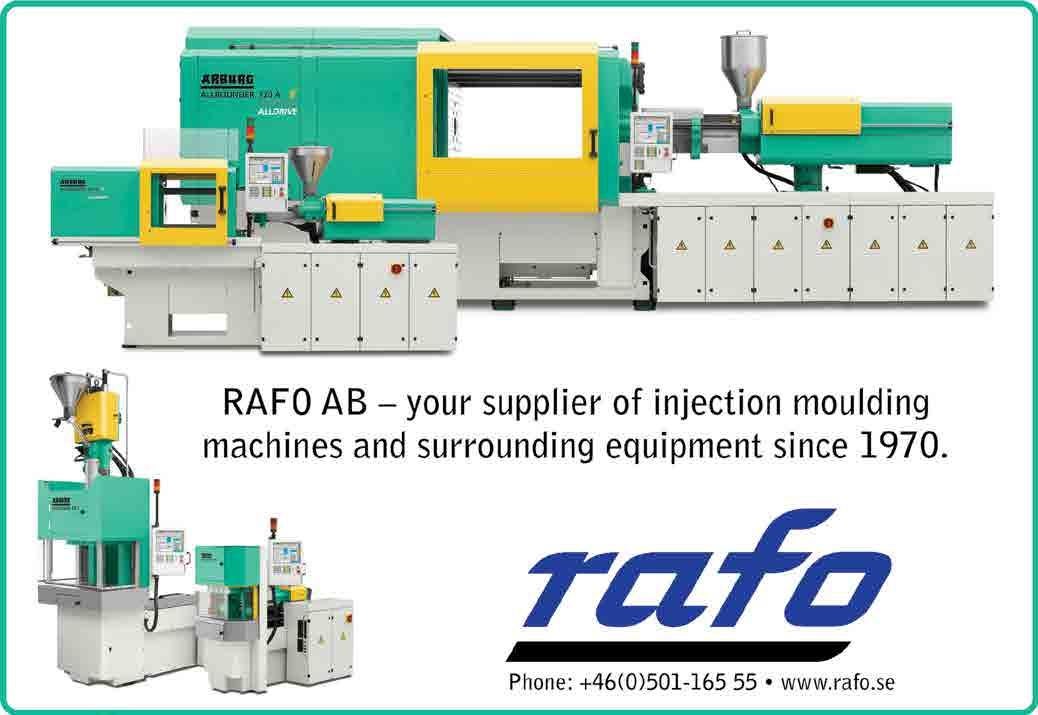it has been developing software for the automatic design of personalised hearing aid shells as far back as 2001. In fact, Mr Van der Schueren points out that by 2008 almost all custom hearing aids are now 3D printed. There are many examples of Materialise’s pioneering work in the biomedical field. One recent high-profile case was that of a 15 year-old Swedish girl facing a lifetime in a wheelchair owing to a congenital disease
Nikon Metrology handheld 3D Scanner additive manufactured series of housings
that had left her with a severely deformed left hip joint. In 2012 the case was brought to the company’s Mobilife medical products division. A custom implant was designed to reconstruct the joint, and almost immediately after surgery she was pain-free. Today she is able to walk without crutches. Mr Van der Schueren tells us: “What we are doing is creating scaffold structures between the bone and the titanium implant.
The bone has a natural affinity with titanium so it will grow surprisingly rapidly once the implant is in place.” And in fact, the company is taking this kind of implant technology one step further: “One of the things that maybe hasn’t been ideal with existing implants in the market is that they are too strong, if anything. A consequence of this is that the implant doesn’t load the bone anymore which doesn’t encourage new growth.


































